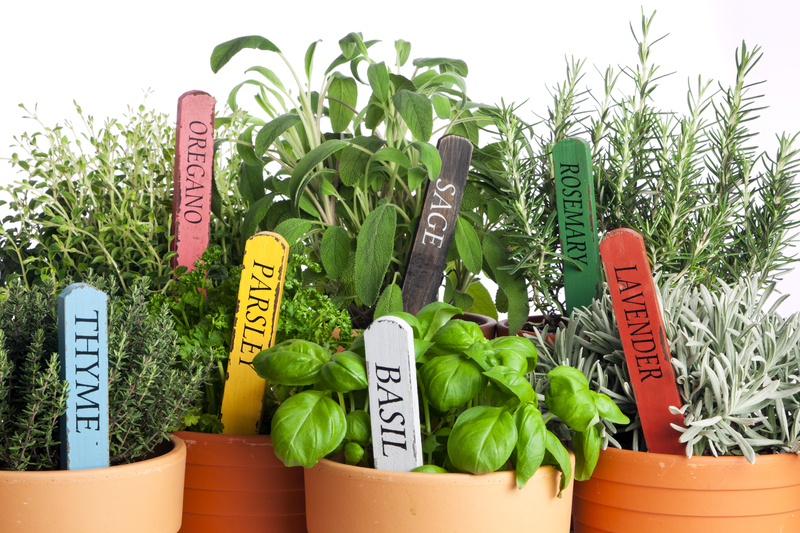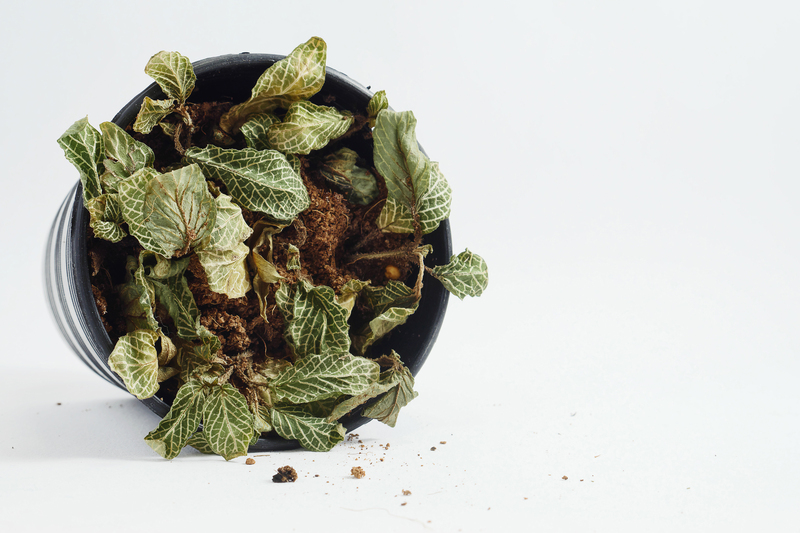Invigorate Dark Corners with Shade-Compatible Evergreen Climbers
Posted on 17/05/2025

Invigorate Dark Corners with Shade-Compatible Evergreen Climbers
Dark corners of the garden often pose a unique challenge for plant enthusiasts. Regardless of the time of year, these spaces tend to lack the vibrant greenery seen in sunnier spots. However, with the right selection of shade-tolerant evergreen climbers, you can transform these gloomy areas into lush, green havens.

The Magic of Evergreen Climbers
Evergreen climbers offer continuous foliage throughout the year, providing a backdrop of green that can enliven any garden. They are particularly versatile, able to cling to walls, arbors, or trellises, thus maximizing vertical space. While some people might think such climbers require abundant sunlight, a number of species are surprisingly well-suited for shaded areas.
Benefits of Growing Shade-Compatible Evergreen Climbers
- Aesthetic Appeal: They bring texture and color to otherwise bland areas.
- Year-Round Greenery: Unlike deciduous plants, evergreen climbers maintain their leaves throughout the year.
- Wildlife Habitat: These plants offer excellent shelter and food for birds and small wildlife.
- Soil Retention: Their roots help stabilize the soil, reducing erosion on slopes or uneven ground.
- Low-Maintenance: Once established, many evergreen climbers require minimal upkeep.
Top Shade-Tolerant Evergreen Climbers for Your Garden
While planning your green oasis in shaded locales, consider these charming climbers that you'll come to adore:
Ivy (Hedera helix)
English Ivy is a classic choice for shaded gardens. Its thick foliage can cover walls or fences quickly, providing excellent privacy. Hardy and versatile, it thrives in full shade and maintains its lush green leaves in various environments.
Wintercreeper (Euonymus fortunei)
Another excellent choice, the Wintercreeper is valued for its colorful foliage, which ranges from deep green to variegated shades. This climber needs minimal sunlight and can thrive in shady locations with ease.
Climbing Hydrangea (Hydrangea anomala petiolaris)
The Climbing Hydrangea is beloved for its stunning white blooms and rich foliage. It takes a few years to establish but rewards gardeners with a spectacular display. It performs well in partial to full shade, making it ideal for dark corners of your garden.
Star Jasmine (Trachelospermum jasminoides)
For those who prefer fragrant blooms, the Star Jasmine is effective in shaded gardens with its small yet powerful scented flowers. Its glossy green leaves remain year-round, offering a contrast to its sweet-scented, star-shaped white flowers.
Planting and Care Tips
When it comes to growing shade-compatible evergreen climbers, several tips can ensure your plants flourish:
Soil Preparation:- Enrich the soil with organic matter to provide nutrients and improve drainage.
- Consider the pH and soil type appropriate for the specific species you are planting.
- Choose the right time, typically in early spring or fall, when the climate is mild and favorable for growth.
- Space the plants properly to allow them room to spread without competition.
- Water your climbers regularly, especially during their establishment phase.
- Ensure adequate moisture while avoiding waterlogged conditions by ensuring good drainage.
- Install supports such as trellises, frames, or wires to guide your climbers and encourage vertical growth.
- Regularly check the supports to ensure they are sturdy enough to accommodate the growing climbers.
- Prune periodically to manage overgrowth and enhance the shape of the climbers.
- Remove any dead or diseased foliage promptly to maintain healthy plants.
Common Challenges and Solutions
Even the hardiest shade-loving climbers may encounter some issues. Here are frequent challenges and their solutions:
Pest Management:- Aphids and spider mites can affect climbers. Use organic pest control methods or introduce natural predators, like ladybugs.
- Ensure proper air circulation around plants to prevent mildew and other fungal infections. Applying a fungicidal spray can also be beneficial.
- Yellowing leaves might indicate a lack of nutrients. Use a balanced fertilizer to ensure all essential nutrients are present.
Creating a Harmonious Garden Design
Designing your garden with evergreen climbers in mind can lead to visually stunning outcomes. Here are a few design considerations:
Color Palette:- Incorporate climbers that add varying shades of green or even splashes of color during blooming seasons.
- Complement evergreen climbers with shade-tolerant herbaceous plants or ferns for additional texture and depth.
- Use evergreens as a backdrop while placing smaller shrubs or ground covers in the foreground to create a lush, textured appearance.
- Incorporate layered plantings that showcase seasonal changes in a predominantly green landscape.
- Guide evergreen climbers onto a stunning focal piece like a pergola or garden arch.
- Feature a dramatic wall covered in climbers to draw attention and provide an eye-catching garden section.
By wisely choosing shade-compatible evergreen climbers and using them in strategic garden designs, you can transform dark garden corners into vibrant, verdant sanctuaries. Whether they're to create privacy, build a wildlife habitat, or simply enhance the beauty of your garden, these climbers are worth consideration. With minimal effort, they provide continuous color and interest, proving that even shady areas can be a gardener's paradise.

